How to Use Voluntary Disclosure (VDA) for Tax Compliance

Did you know voluntary tax disclosures can chop penalties by as much as 80% in some places? That’s a lot of cash and headaches saved if you act before the taxman knocks. Voluntary disclosure, often called VDA, is your ticket to clearing up unpaid taxes or compliance issues on your own terms, without waiting for tax authorities to catch wind of mistakes. VDAs can substantially mitigate fines and criminal exposure. For businesses and individuals alike, voluntary disclosure offers a chance to fix problems before they snowball into legal battles or public headaches. Getting proactive not only keeps your company’s finances in check but protects your reputation along the way.
If you’re worried about unpaid taxes, regulatory slipups or you just want peace of mind, you’re not alone. Many organizations are unsure where to begin with voluntary disclosure, confused by the paperwork, or afraid of opening up old books. But waiting only ups the risk. The good news? There’s a straightforward way to get back on track.
In this guide, you’ll learn exactly what voluntary disclosure is, why it’s a smart move in today’s regulatory climate, and how to handle your VDA step by step. We’ll break down how to:
Identify tax and compliance risks before they become bigger trouble
Gather and organize the right documents for a successful disclosure
Approach tax authorities, sometimes even anonymously, to maximize benefits
Submit your VDA and negotiate better terms
Set up ongoing practices to stay compliant
Let’s make voluntary disclosure less intimidating and a lot more manageable.
Main Steps to Use Voluntary Disclosure (VDA) for Tax Compliance
Step #1: Assess Your Tax and Compliance Risks
Start by taking a fresh look at your business operations to spot any unpaid or misreported taxes. If you have activities in multiple states or changed your company’s structure recently, you might have new tax obligations and not even know it. A thorough self-assessment is the backbone of smart tax compliance. Review areas where you might be falling short, like sales tax, VAT, income tax, or reporting deadlines.
To make this process easier:
Leverage compliance software for automated checks.
Consult with a VAT professional or a partner like 1stopVAT to make sure nothing slips between the cracks.
Remember, pinpointing risk areas now could save your business from much larger headaches later.
For more on global VDA practices, see this global guide to voluntary disclosure agreements for additional insights.
Step #2: Gather Documentation and Prepare Disclosure Details
Once you know the scope of possible issues, gather every document that supports your case. This means pulling together financial records, transactional data, and details on employee locations related to any unreported or underreported taxes. Transparency here is non-negotiable - thorough documentation helps tax authorities trust your intentions and increases the odds of reduced penalties.
Some tips for this step:
List all affected tax years and tax types clearly.
Prepare a narrative explaining what happened and why.
It’s smart to be honest and detailed from the start, as leaving out information can cause your application to be rejected down the line.
Step #3: Contact Relevant Tax Authorities Anonymously (Optional)
Many jurisdictions allow you to reach out to tax authorities anonymously, often with a tax advisor acting on your behalf. This lets you test the waters and see how penalties might be handled before you reveal your company’s identity. If you’re nervous about exposure, this low-risk entry point can provide peace of mind while you weigh your options.
Remember:
Not all states or countries offer anonymous VDA inquiries, so check the specifics for your location.
Anonymity is helpful if you’re still collecting facts or want to know the consequences before moving forward.
According to some professionals,
“A successful initial conversation can set the stage for reduced penalties and a cooperative process”
VDAs can substantially mitigate fines and criminal exposure.
Step #4: Submit Your Voluntary Disclosure Application
When you’re ready, it’s time to formally submit your voluntary disclosure (VDA) paperwork. Accuracy is the key takeaway here - every disclosed error or omission must be clearly explained and supported by documentation. Most programs require you to pay back taxes owed, but the payoff comes with significantly reduced penalty and interest rates.
Be sure to:
Disclose all relevant periods and tax amounts.
Avoid partial disclosures, as authorities will look for full transparency.
Here’s a quick table of what a VDA submission might look like:
Required Document | Purpose | Key Detail Needed |
|---|---|---|
VDA Application Form | Official disclosure request | Company details, tax periods |
Financial Records | Proof of income/taxable activity | All related transactions |
Explanatory Narrative | Context for misreporting/oversight | Clear timeline of events |
Payment Arrangements | Plans to pay back taxes | Preferred schedule, if allowed |
Step #5: Negotiate Terms and Resolve Outstanding Liabilities
After submission, the negotiation phase begins. Work with the tax authority to settle on payment amounts, due dates, and any lingering liability. Full cooperation often leads to lighter penalties and friendlier terms. Review every closing agreement carefully so you know exactly what’s expected.
Tips for this phase:
Keep all communications documented.
Ask for clarification on any confusing contract terms.
Make sure you understand future reporting requirements before signing off.
Smooth negotiation can result in a much more manageable outcome for your business.
For additional tax compliance strategies, review our articles on VAT compliance and reporting.
Step #6: Implement Ongoing Compliance Measures
Congrats — you’ve handled the disclosure, but don’t stop there. Use what you’ve learned to keep your business compliant going forward. Building strong systems now helps prevent repeat issues and boosts your company’s reputation for responsibility. Update internal policies, educate your team on new rules, and carve out time for regular compliance reviews.
Action steps:
Schedule annual or quarterly compliance checks.
Train employees on collecting and reporting correct tax data.
Consider partnering with VAT compliance services to stay current with local and international tax laws.
As highlighted in one industry overview, voluntary disclosure
“allows organizations to address potential issues before they become major problems,”
making it a proactive play for stability and trust More on voluntary disclosure benefits.
By following these steps, you can turn a stressful situation into an opportunity to strengthen your tax position and steer clear of long-term trouble. Voluntary disclosure is about more than just avoiding penalties - it’s about running a business that’s built on transparency and smart decision-making.
Best Practices for Using Voluntary Disclosure (VDA) for Tax Compliance
Taking the leap to use voluntary disclosure can save you serious money and hassle, but only if you do it right. Acting smart and methodical keeps your VDA on track, protects your business reputation, and helps you sidestep future troubles. Here’s how to get the most out of the process:
1. Act Quickly When You Find Tax Issues
Don’t wait once you spot a potential compliance gap. Early action on your VDA can mean lower penalties and a smoother ride. The longer you delay, the higher the risk of an audit or investigation cropping up first, if that happens, you lose leverage over the process and could face bigger financial consequences. Jump on problems as soon as they're found.
2. Be Transparent With All Disclosures
Being upfront with tax authorities pays off. When submitting your voluntary disclosure, lay all your cards on the table. Authorities are more likely to work with you and reduce penalties if you show clear intent to fix errors and stay compliant. Holding back details or cherry-picking what to share only backfires. A strong culture of transparency also builds trust and credibility with regulators, which can help now and in the future See more on benefits of voluntary disclosure.
3. Consult a Tax Compliance Expert Before You Start
Tackling VDAs is rarely just a paperwork exercise. Bringing in an expertor a tax consultant makes sure you don’t miss important steps or fall into compliance traps. They know which details need extra attention for your industry or region, understand evolving laws, and can talk to authorities on your behalf if needed. This support can keep your disclosure smooth and error-free.
4. Double-Check Every Piece of Documentation
Mistakes or missing documents can hold up your VDA submission or even get your application tossed out. Take time to carefully review every financial record, report, and supporting file before you send anything. Double-check dates, amounts, and explanations. If needed, have a second set of eyes scan through everything for accuracy. A small error now can turn into a headache later.
5. Keep Solid Records of All Correspondence
Every email, form, and letter tied to your voluntary disclosure needs a dedicated spot. Good record-keeping protects you if questions come up in the future or if staff changes hands. Save digital and physical files of all communications with tax authorities, your advisors, and anyone else involved. Tidy records also help you respond faster to follow-ups or future audits.
6. Keep Monitoring for Ongoing Compliance
The work doesn’t stop after you’ve submitted your VDA. Build in regular checks of your tax compliance processes to avoid making the same mistakes twice. This could mean scheduling quarterly reviews, using better compliance software, or updating team training. Staying proactive helps your business maintain a reputation for transparency and reliability, both with customers and regulators.
7. Review the Eligibility Rules Before Applying
VDA rules aren't one-size-fits-all. Before starting, be sure you understand each jurisdiction’s eligibility requirements. Some tax authorities restrict who can participate, or may require you to file anonymously first. Not checking the fine print could waste time and risk being shut out of the benefits. Do your homework or consult a professional if you’re unsure about the details for your state or country.
By following these voluntary disclosure best practices, you can speed up the process and greatly improve your outcome. Proactive steps today safeguard your business’s finances and reputation for tomorrow.
Final thoughts
Addressing unpaid taxes with voluntary disclosure isn’t just about avoiding fines. It’s about protecting your business’s future and building trust with regulators. Act quickly, be honest, and use solid support to keep your tax house in order.
Follow these steps and best practices from VATabout, and you’ll not only resolve current tax issues, but also set your business up for smoother compliance down the road.

Featured Insights

Angola’s E-Invoicing Mandate: Phased Implementation Continues Into 2026
🕝 December 10, 2025
VAT Deduction and Business Succession: When Do Advisory Costs Serve the Company’s Interest?
🕝 December 8, 2025
Europe’s Plastic Fiscal Shift: Why Italy’s Plastic Tax Now Starts in 2027
🕝 December 3, 2025
The Decline of Low-Value Import Exemptions: Closing Gaps in Cross-Border E-Commerce
🕝 November 20, 2025More News from World
Get real-time updates and developments from around the world, keeping you informed and prepared.
-e9lcpxl5nq.webp)

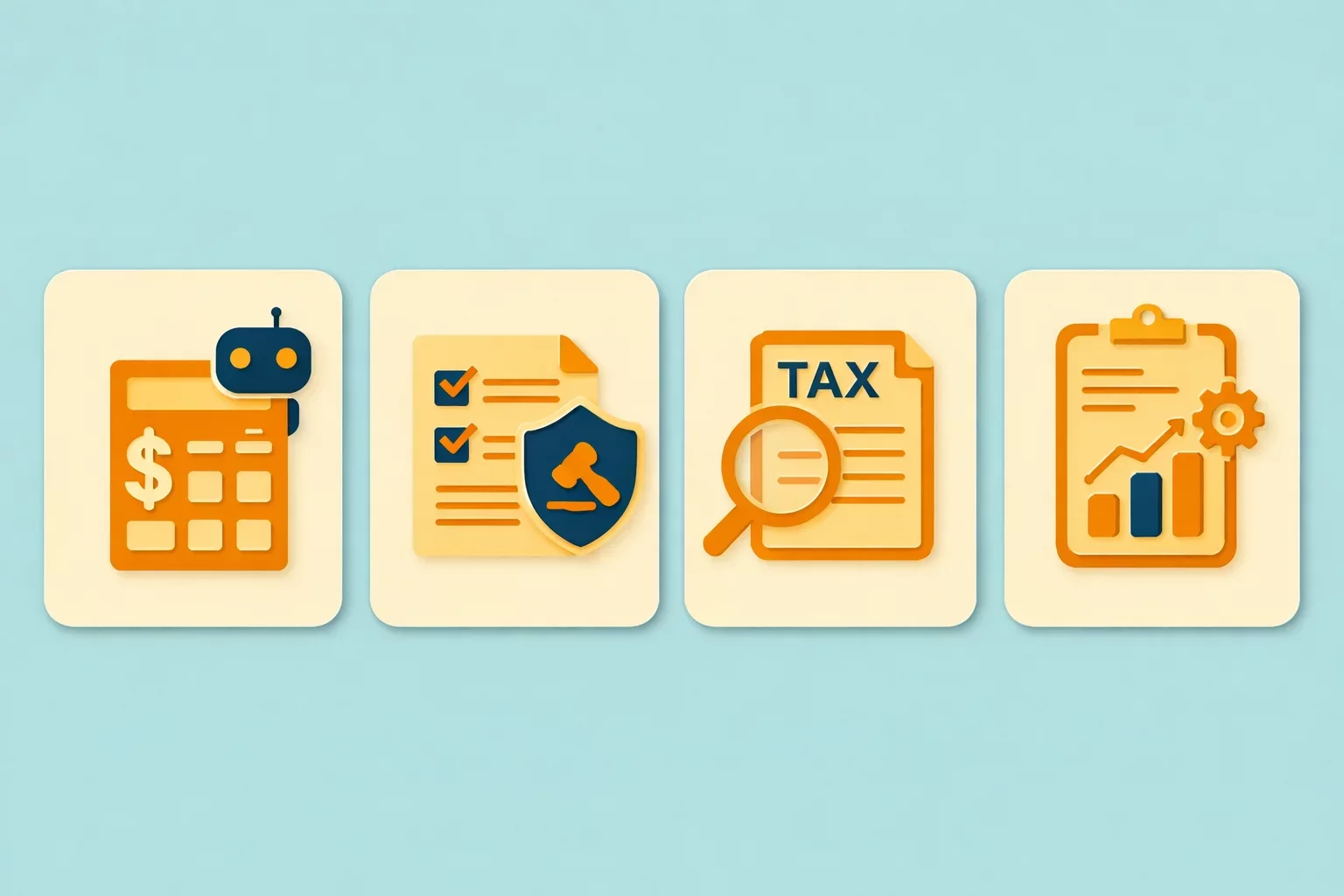


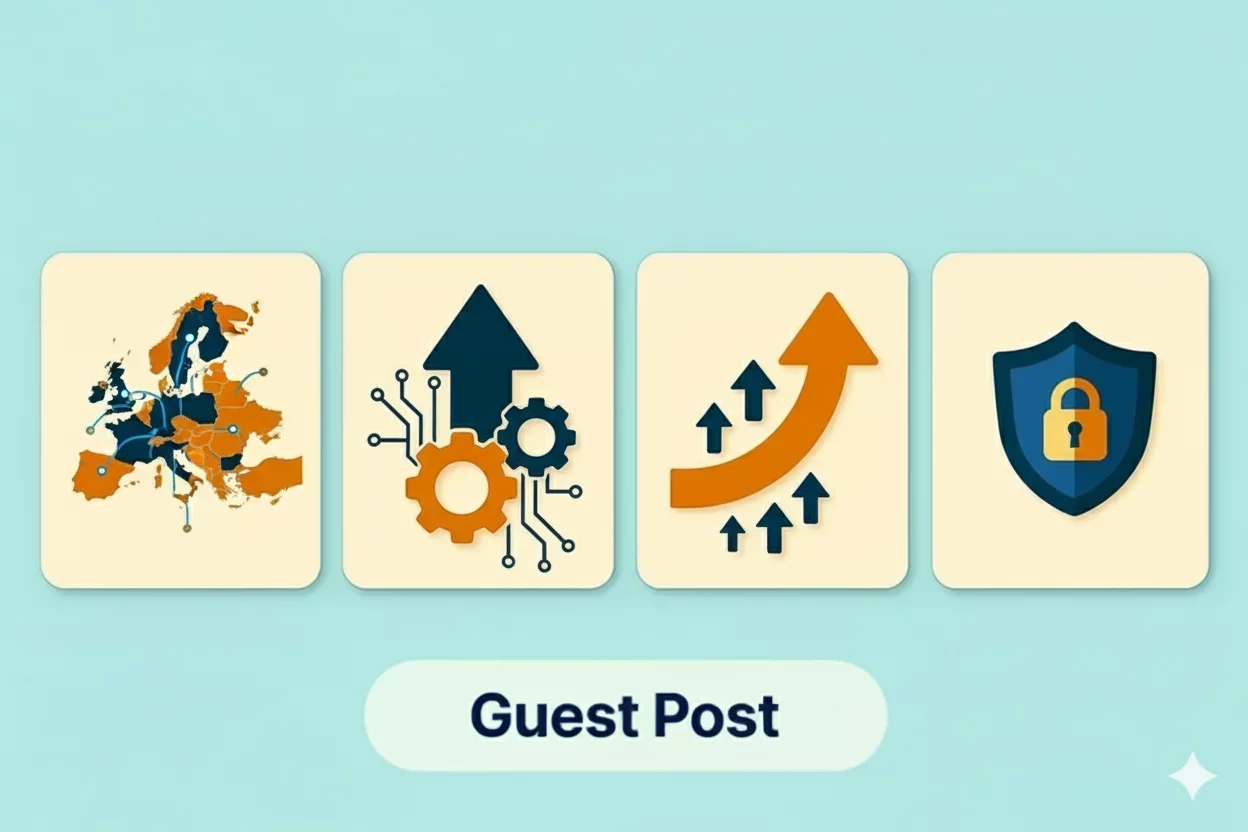

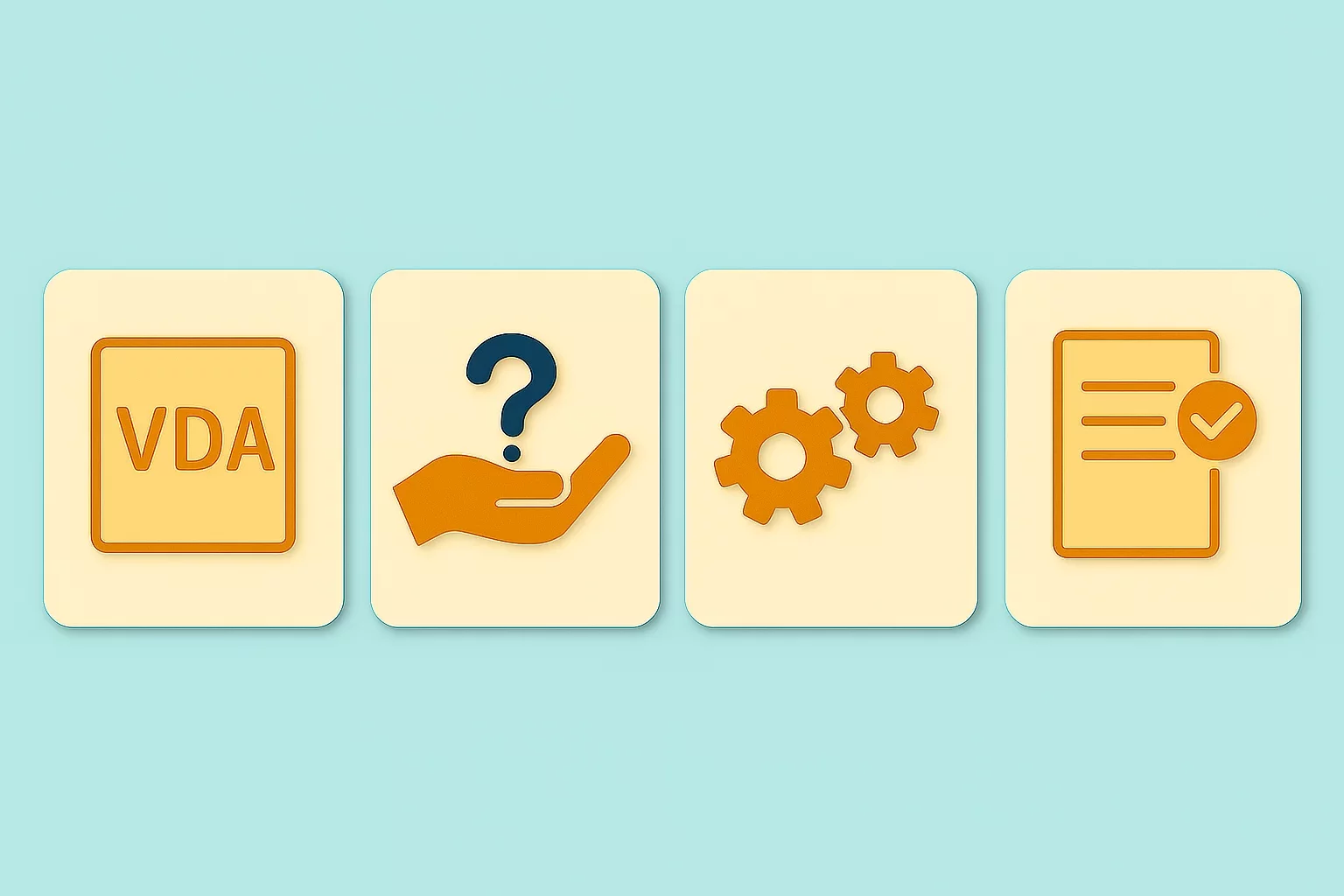
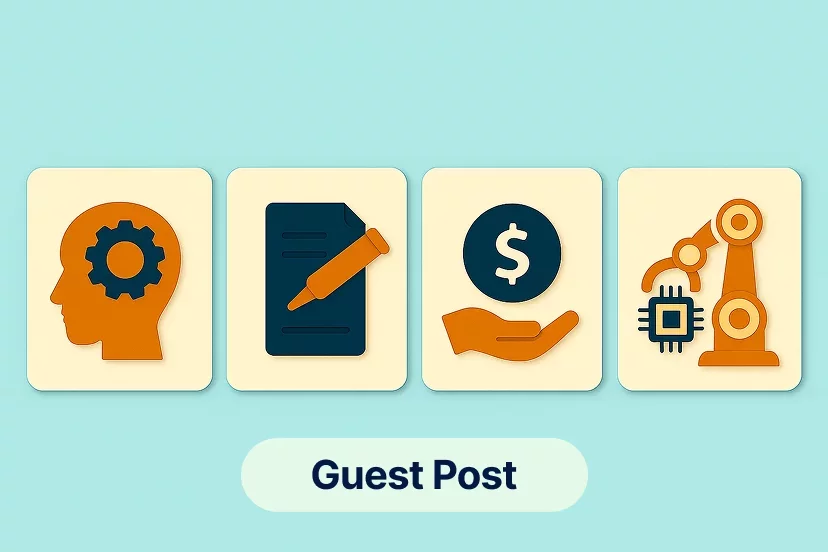

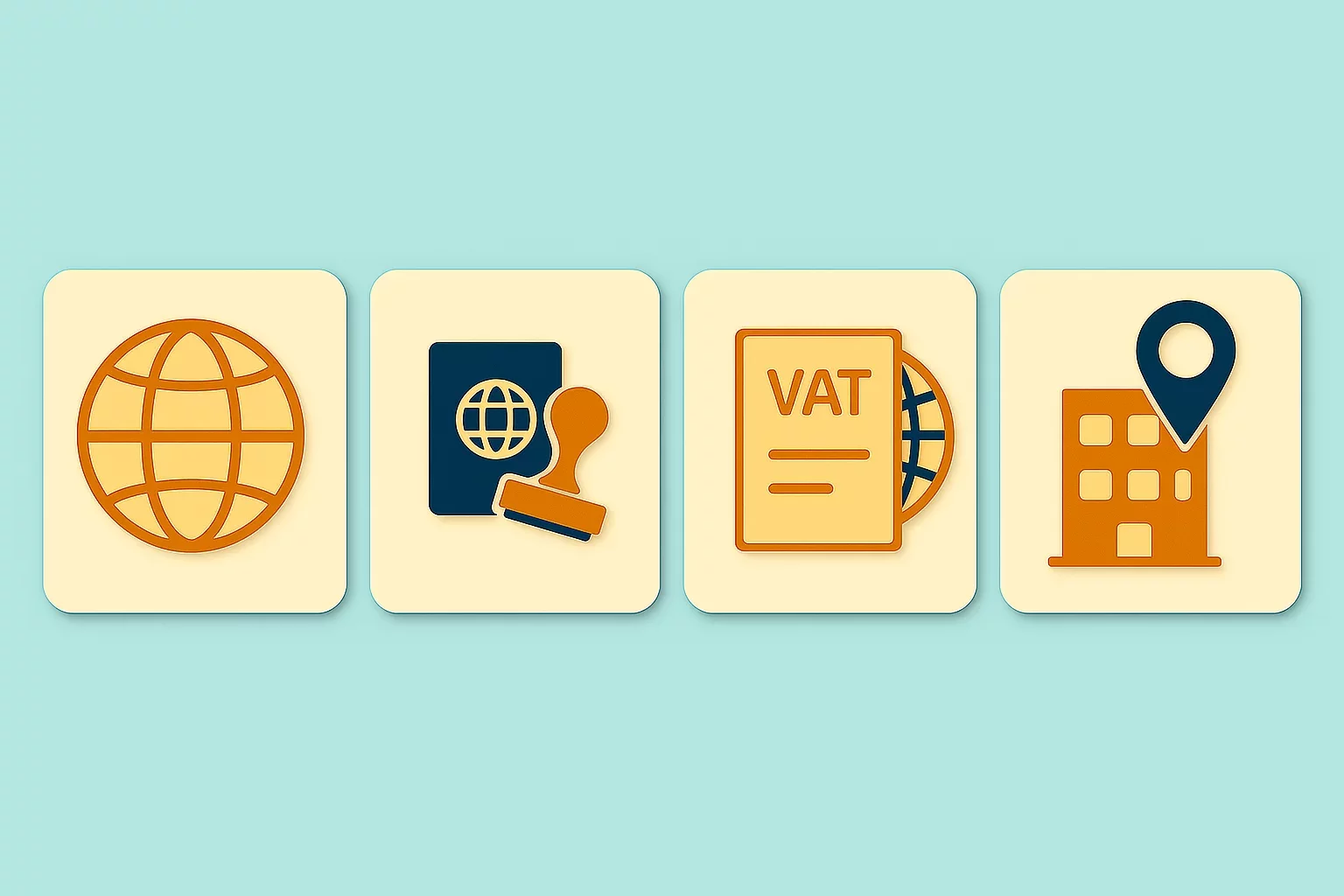

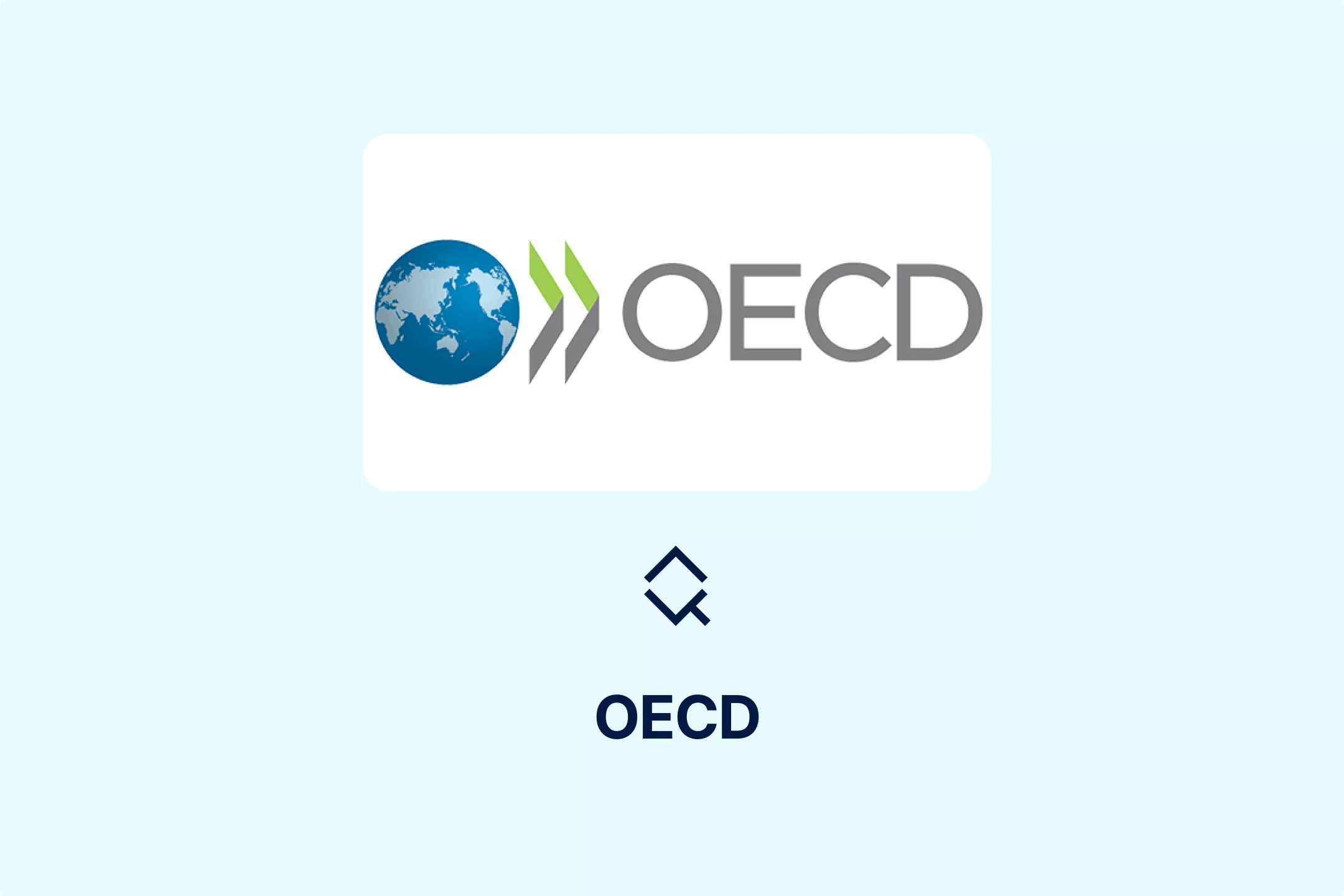










-7xdqdopxl6.webp)



-a9bz8kz2cs.webp)































